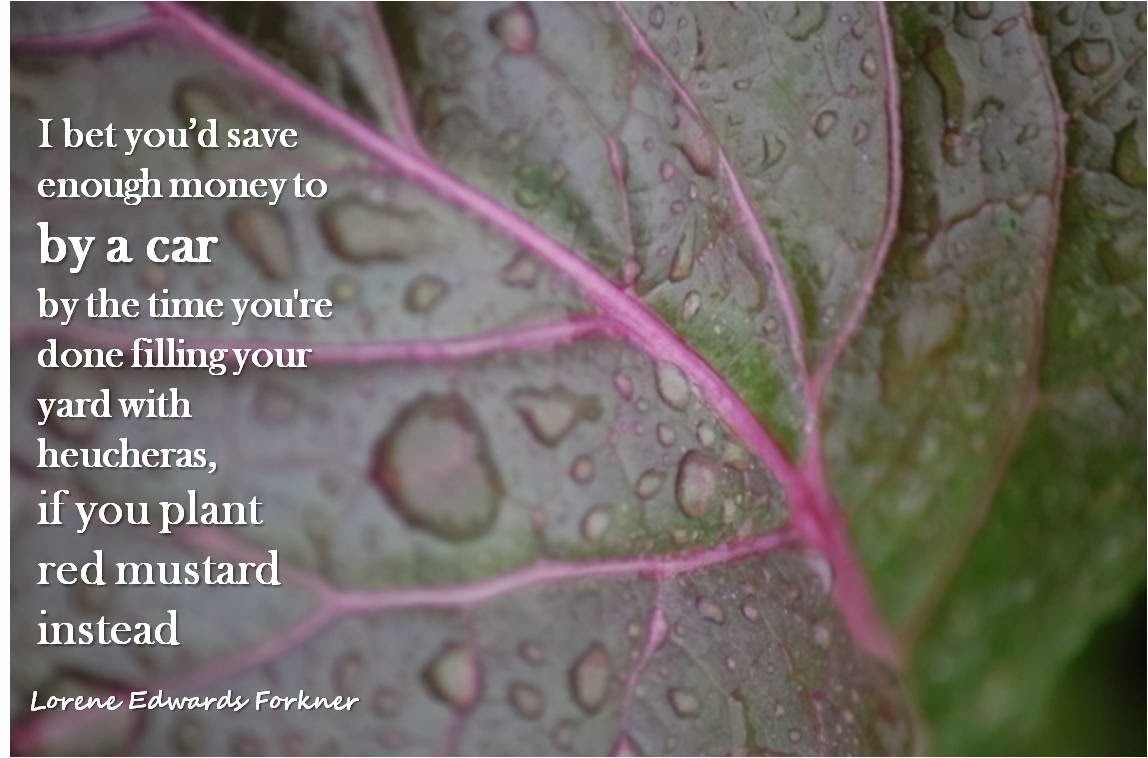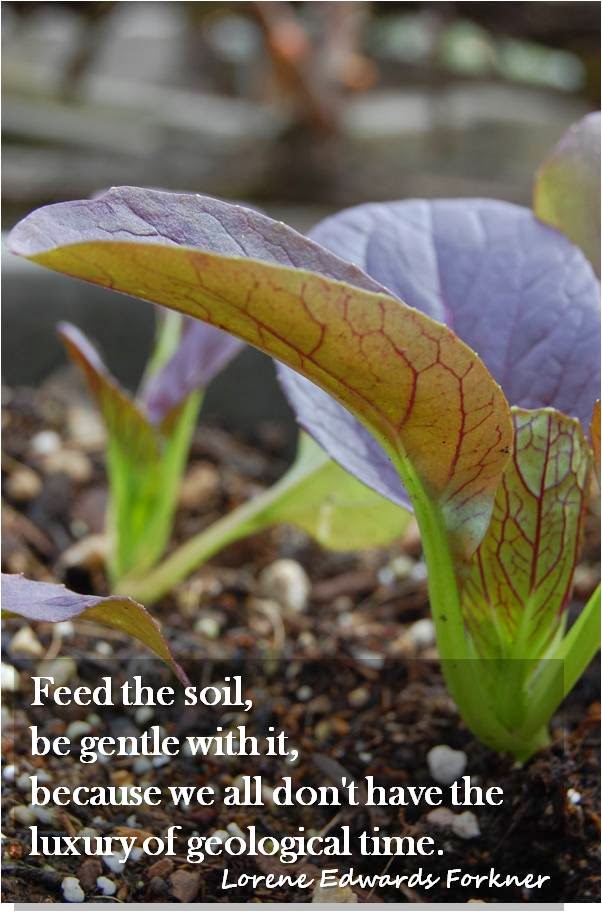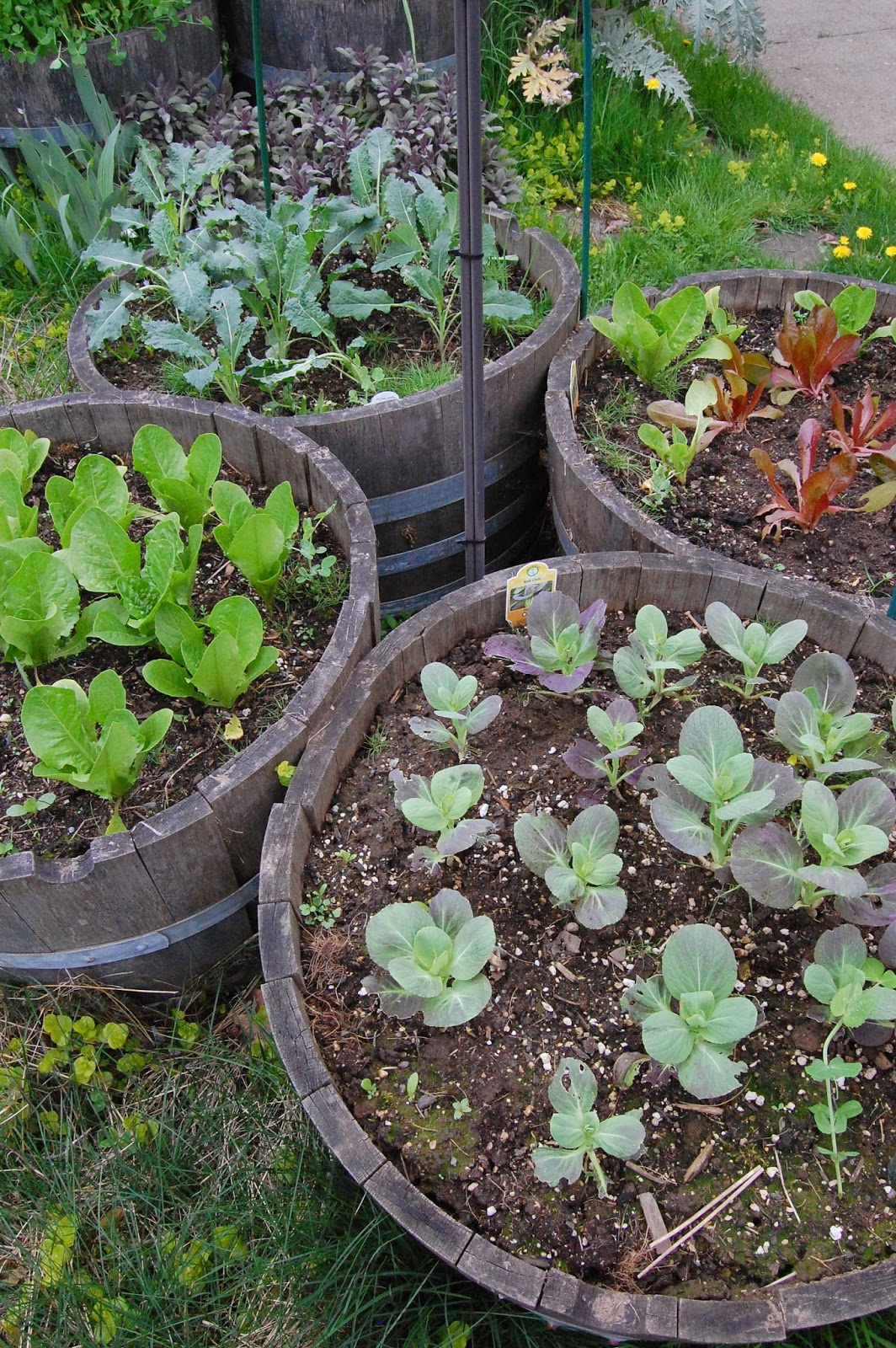
These days of wind and rain (and possibly) snow are a great time to curl up with a gardening book and dream of warmer days to come. If your future gardening plans might involve a container or two, here is the first in a Series of Container Basics with some things for you to consider to ensure that you have a successful season.
Why Garden "in the Round"?
You might
not be thinking of adding containers this year - you might be blessed with a sizable yard or community garden plot. Even so, there are many reasons you might still want to add a container or two. Containers are especially valuable to the urban gardener, restricted as we often are in the sun and space available to us. Read on for how they can help your garden succeed.
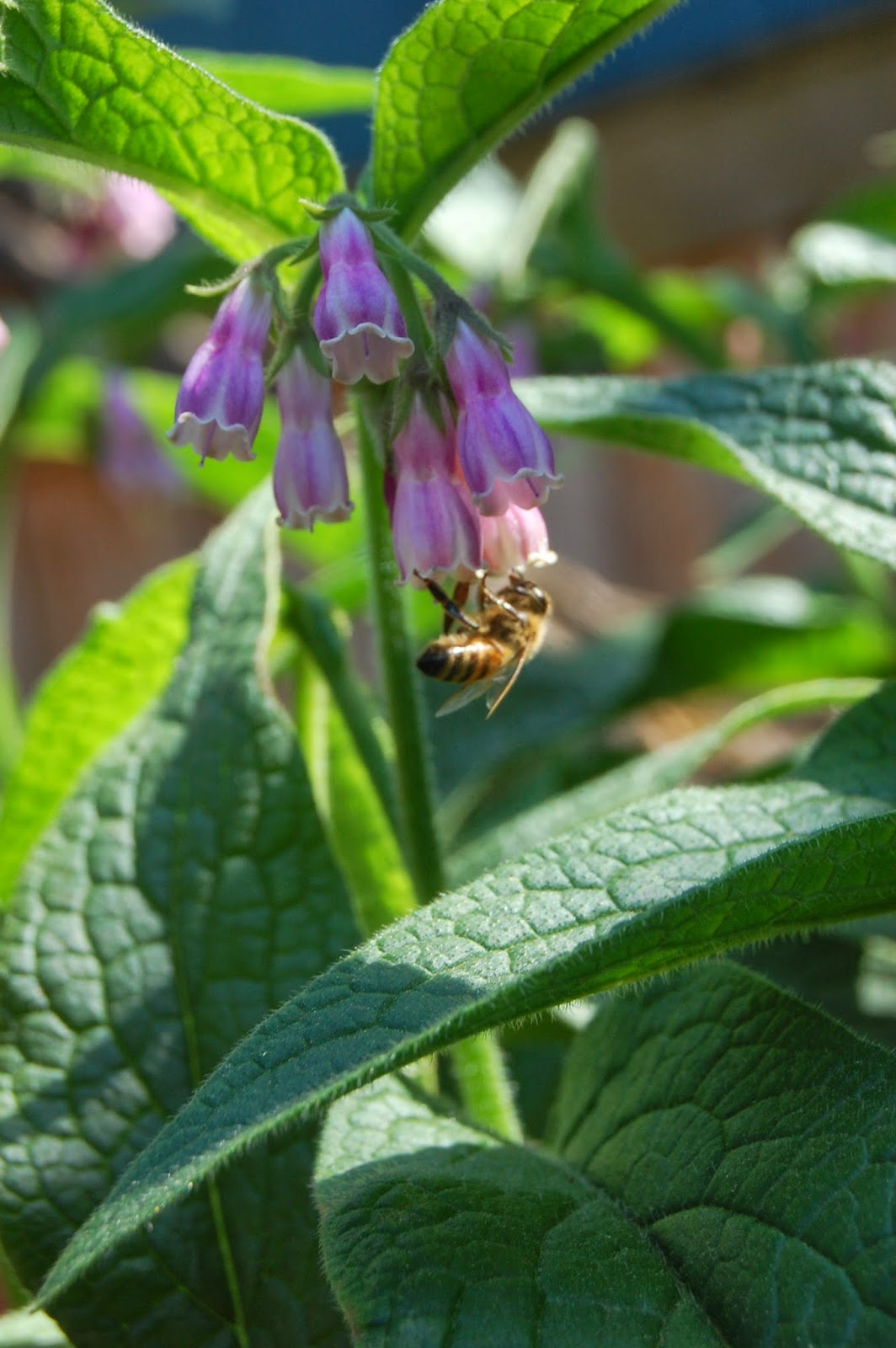 |
| Comfrey Attracting Bees |
Minimize
There are some edibles that are exceedingly vigorous and so are often better off being grown in containers. If you've ever planted mint, sunchokes (Jerusalem artichokes), lemon balm, comfrey, or bamboo in the ground you might be regretting that decision. So traditional garden or not, you will be much happier with these plants in a large pot, half-barrel, or upcycled horse trough.
Maximize
By the same token, containers can help you to maximize the
amount of land, light or heat available to you for growing plants. Maybe the best sun you get is on your front porch or driveway edge - containers allow you to "move the soil to the sun" and exploit an otherwise unplantable area for growing sun or heat-loving plants. The reverse is also true, if you have a very sunny yard but want to grow ferns, hostas or other shade-dwellers and have a suitable patch on a shady back patio.
Microclimate
Say you want to grow blueberries in your traditional veggie garden. This creates a conflict between the neutral-to-basic-loving vegetables, and the acid-loving blueberries. A great solution to this could be containers, which allow you to make a soil-less mix with a lower pH (more acidic) while still having your blueberries near to the garden for efficient picking and watering. More acidic soils are just the start - the microclimate of the container could be adapted to the specific needs of the plant, be they for pH, organic matter, nutrients, or heat.

Speaking of heat (which we are often lacking in the Pacific Northwest), you can also affect the microclimate by putting the pot on or against a surface that retains and reflects warmth, such as a concrete patio or a stucco wall. This is one way to encourage peppers to set fruit and ripen fruit. Containers also warm up faster in the spring and are better-draining than our native clayey soils (in Portland at least), giving you a jump start on planing. However they are also more sensitive to the cold, which can create some challenges for overwintering (we'll get to that in a future post).
Mobility

Microclimate and mobility go hand-in-hand, as containers can be moved as the temperatures drop to protected them from freezing. Their movable nature can also be an advantage in chasing the sun throughout the day or season, to change up a design grouping, or even move them to a friends house for watering while you're on vacation! I use the rolling platform at right to move containerized, heat-loving veggies from one side of the back deck to the other during the day as the sun and shadows change. This effectively gives them "full sun" even though the whole deck is not in full sun all day.
Some Container Caveats
While there are very few hard & fast rules when it comes to growing in containers (depending on who you ask) there are come caveats that you should be aware of to be successful.
NUMBER 1 RULE!
You. Must. Have. Holes. Period. Without holes, plant roots drown. Perhaps surprisingly (or not) they need oxygen too! In fact, in container 'soils' the optimum capacity is about 50% water, 20% air, and 30% solids. So you must give the water somewhere to go in order to let the roots "breathe". And don't put gravel in the pot bottom to increase drainage, because it doesn't. It simply gives you less room to plant in. This will be the topic of a separate post, so you'll just have to trust me for now.
Meet Your New Puppy
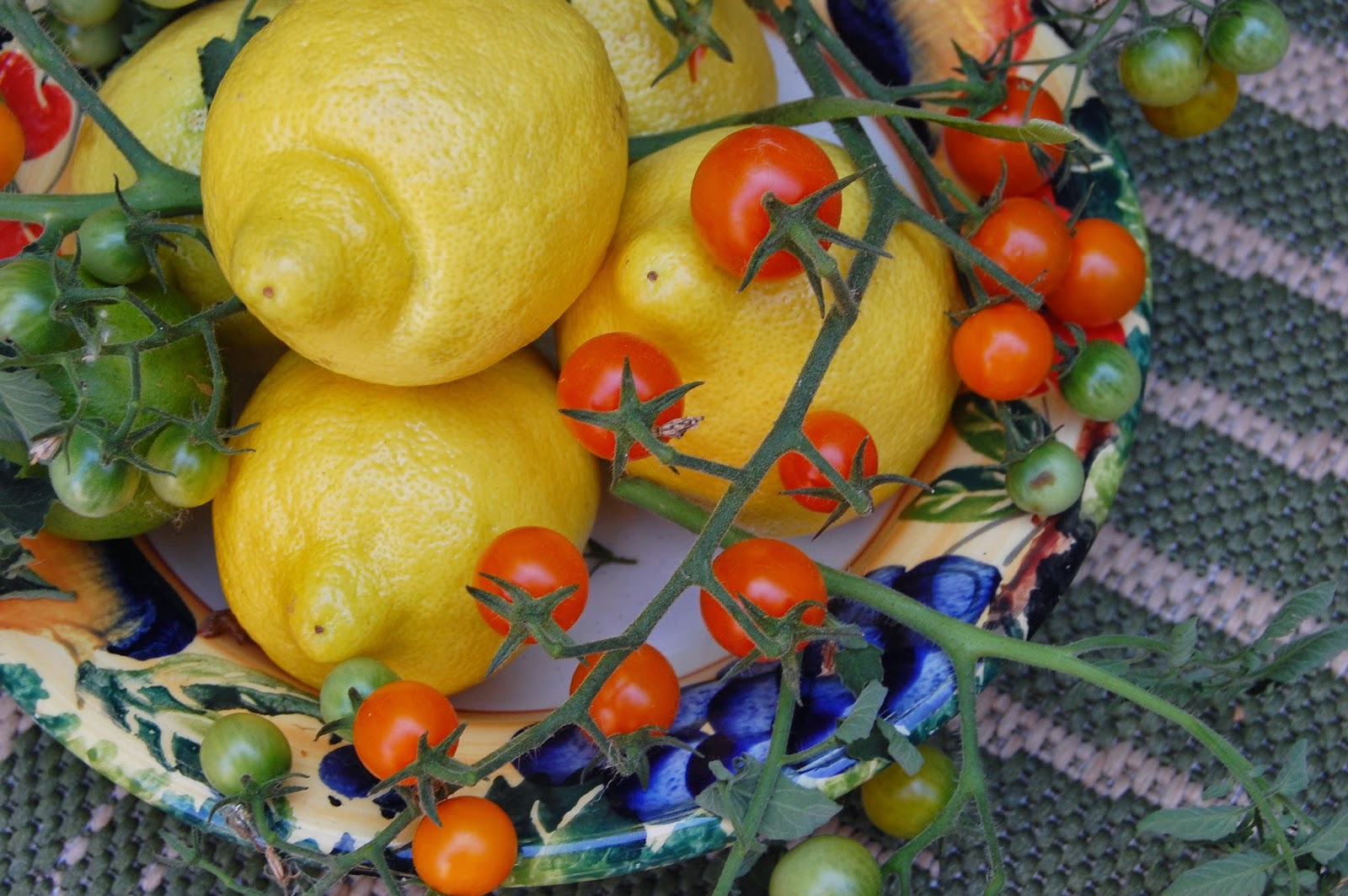
YOU - and whomever you rope in to help you - are solely responsible for the growth & success of containerized plants! Being segregated from the native soil, containerized plants rely on you for regular water and soil nutrients. You will also need to protect these plants from extremes of weather & temperature - heat as well as cold. If you were planning on bringing home a new puppy you'd have done a bunch of research on the breed, what kinds of problems they are prone to, what makes a good diet, and likely even have a name picked out - so get reading and researching just what will help Julio the Jalapeno or Lucy the Lemon Tree grow and thrive.
Reduce Expectations
.JPG)
Constriction of the plant roots by the container can mean smaller size and/or reduced yields. This is especially true when growing sun-lovers in areas of marginal sun (less than 6 hours), or when you forget the point above about you being the one responsible for the food and water. However, you
can use this feature to your advantage, for example the root constriction will also dwarf fruit trees, thus making them more manageable in height and spread.
Roots Are Sensitive

Roots are more sensitive and more crucial than above-ground parts - if the top freezes back, it can re-grow as long as the roots are alive, but the reverse is not true. Remember: containers lower the USDA hardiness zone by 1 – 2 categories, so plants that might be hardy in the ground can be vulnerable in a container. Roots are more sensitive to heat as well as cold, so dark-colored pots exposed to full sun in the heat of summer might also need protection.
Good Gardening Practices Still Apply
Right Plant - Right Place - Right Pot
Choosing plants, look for the following phrases that can lead you to more appropriate varieties:
dwarf, compact, patio, small, mini, and early. In general go small over big, bush over pole, and multiuse/season over mature crops such as lettuce that you can harvest while young versus cabbage that must form a full head. Additionally, unless you have lots of time or space, avoid anything that takes 85 days or more to mature; this includes winter squash, melons, corn, cabbage, storage onions, beefsteak tomatoes, mammoth sunflowers.
Choosing a place be aware of the amount of sun; access to water, the front/back door, or the place
you are most likely to use & care for the plant; and how the site might be affected by reflected heat, shade from the neighbors tree or house, or the prevailing wind; and the likelihood of being knocked over by kids, mowers, and/or dogs (or for that matter, peed on!).
.JPG) Choosing a pot
Choosing a pot can affect how much you have to water, as well as how much heat reaches the soil. More porous materials such as coil & moss (often founds as hanging basket liners), along with terracotta and wood are more porous, and will loose water more quickly. Plastic, metal, stone and glazed pottery are less porous and this retain more water. Dark colored containers, metal ones, and those with a dull finish conduct heat faster than those those with light or reflective surfaces. Keep in mind too, that smaller pots will loose water and heat up more quickly than larger pots. Thus bigger pots are better until they become a weight issue to move them.
Integrated Pest Management
Known as IPM for short, this is a pest management philosophy that uses a diverse hierarchy of methods and holistic approach to best gardening practices. The hierarchy to control pests and disease is:
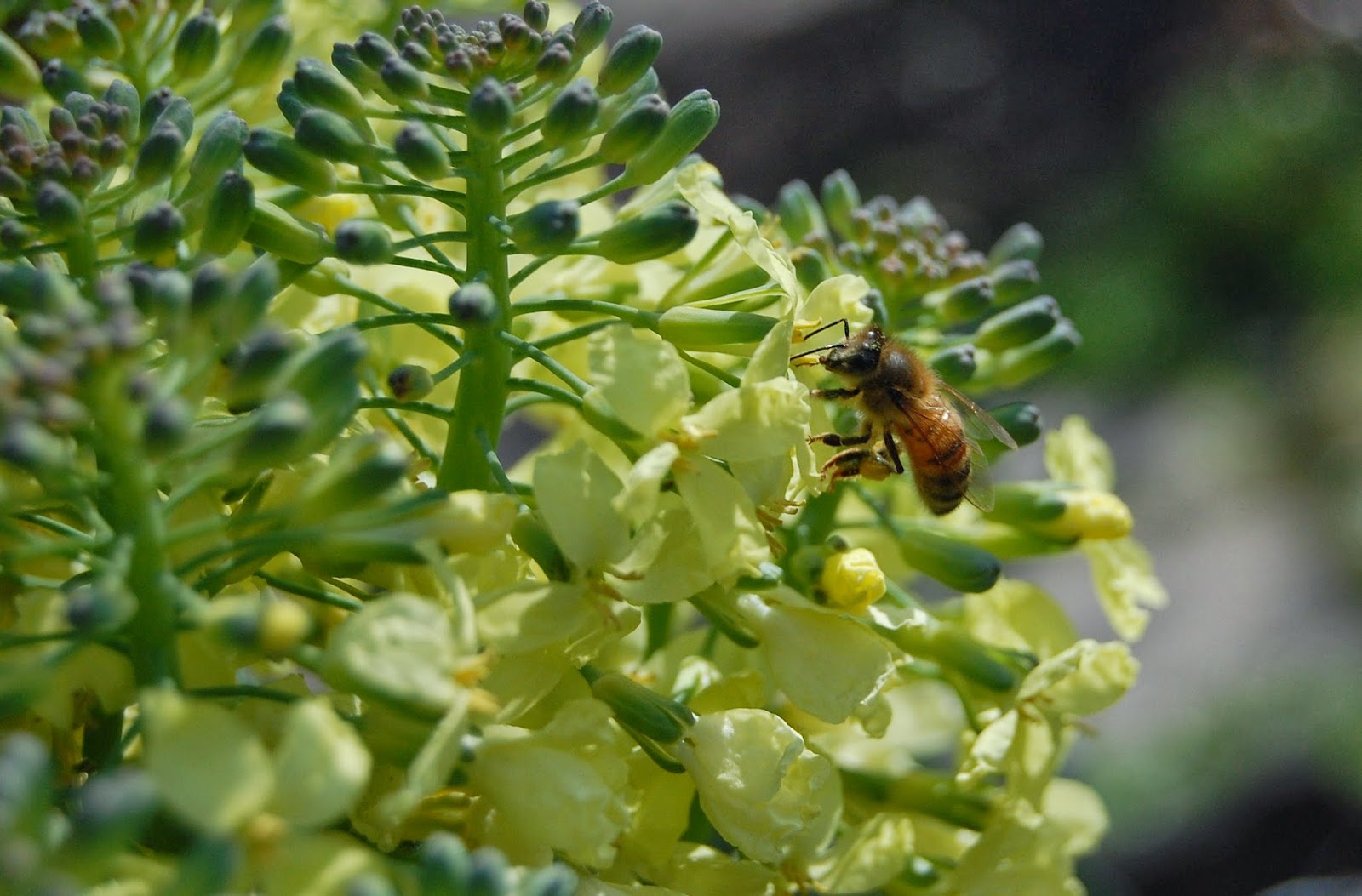
- Cultural - growing disease-resistant plants, crop rotation, pruning for air circulation, fertilization & watering schedules, and removing downed or fallen leaves & limbs (aka sanitation)
- Physical - using hand labor or machinery i.e. picking slugs of leave or spraying aphids off plants with a hard stream of water from the hose
- Biological - encouraging natural predators, parasites and microbes by planting a diverse landscape - providing food, shelter and protection for 'good bugs', also you can purchase predators such lacewings.
- Chemical - preventing and controlling pests and diseases with the least toxic but effective dose of pesticides. Those pesticides that are OMRI listed are approved for use in organic operations. Remember that even OMRI-listed pesticides are still by definition designed to kill. As such, practice good pesticide application, including choosing a narrow-spectrum product, not applying on breezy days to avoid drift, and not spraying blooming plants to avoid catching pollinators in the crossfire.
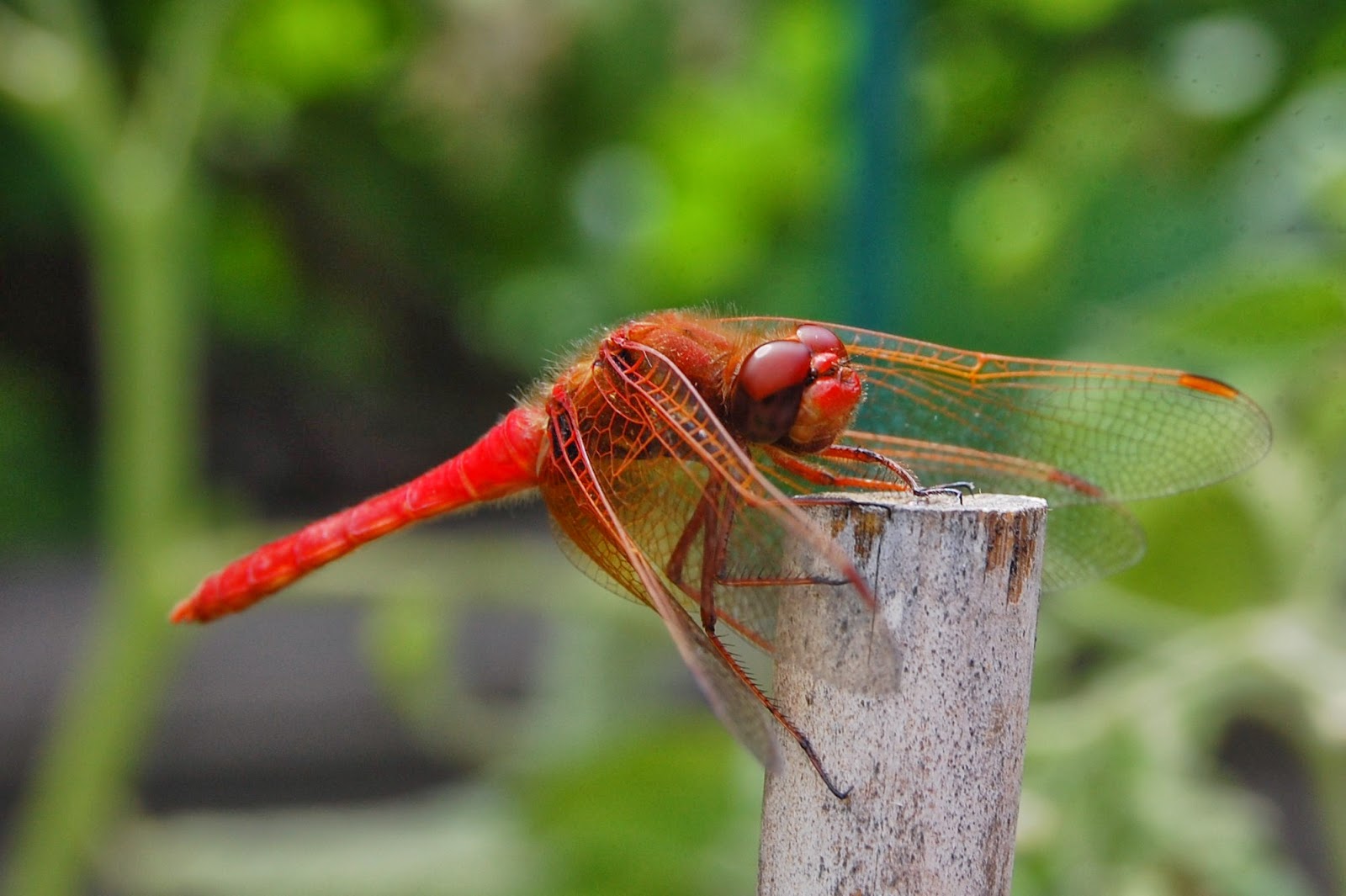
The Oregon State Extension publication
Growing Your Own has a wealth of information on how to manage pests in your garden, as well as alternatives to chemicals, and a wealth of veggie growing information including a section on containers.
For pest management handbooks specific to the Pacific Northwest, you can beat what are collectively known as the PNW Guides that address
Plant Disease, Insects, and
Weeds respectively. Bonus - they are all searchable online.
For guides specific to your region, check with your local state extension service - search for yours
here.
Stay tuned for the next installment: Picking & Placing Pots









